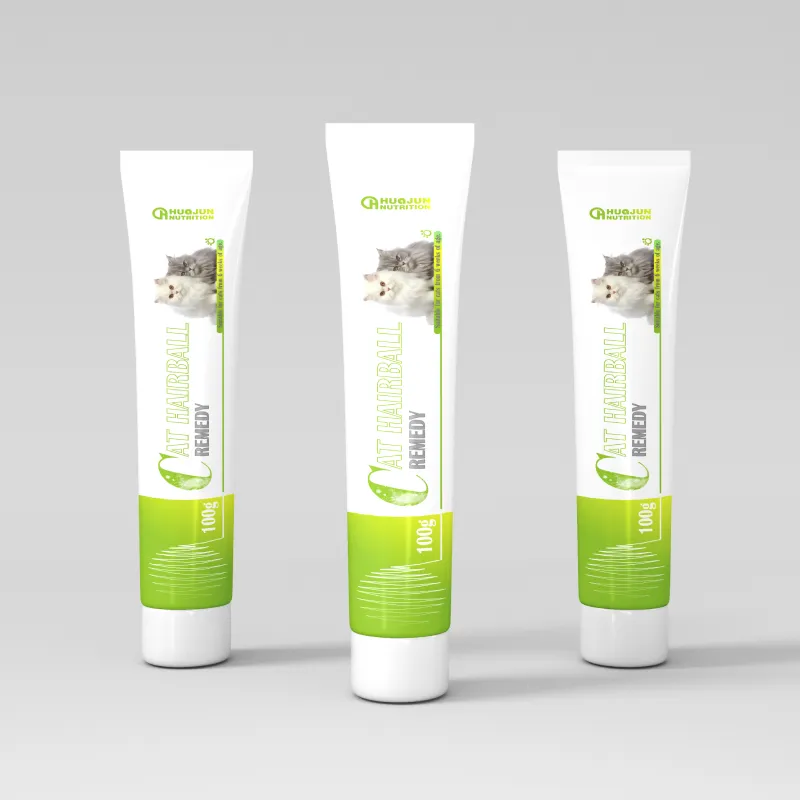
Nov . 20, 2024 05:23 Back to list
florfenicol vet factory
The Importance of Florfenicol in Veterinary Medicine
Florfenicol is an essential antibiotic widely used in veterinary medicine, particularly for treating bacterial infections in various animal species. Its broad-spectrum activity and effectiveness against resistant strains have solidified its role in animal healthcare, particularly in livestock and aquaculture. As a synthetic derivative of chloramphenicol, florfenicol offers several advantages that make it a valuable tool for veterinarians and animal health professionals.
Mechanism of Action
Florfenicol functions by inhibiting bacterial protein synthesis, which is crucial for the growth and reproduction of bacteria. It achieves this by binding to the 50S subunit of the bacterial ribosome, thereby blocking the peptidyl transferase activity. This action effectively halts the production of proteins vital for bacterial survival, making florfenicol highly effective against a wide range of Gram-positive and Gram-negative bacteria.
Applications in Veterinary Medicine
Florfenicol is primarily used to treat respiratory diseases in cattle, pneumonia in swine, and various infections in fish. In cattle, it is particularly effective against infections caused by pathogens such as Mannheimia haemolytica and Histophilus somni, which are known to cause bovine respiratory disease (BRD). In pigs, it addresses respiratory infections and pleuropneumonia, making it a crucial component in maintaining herd health.
In aquaculture, florfenicol is widely used to combat bacterial infections, such as furunculosis in salmonids and other diseases affecting farmed fish. Its ability to be administered in feed or water makes it convenient for use in large-scale aquaculture operations, allowing for effective disease management across entire stocks.
Resistance Management
florfenicol vet factory

One of the significant challenges in veterinary medicine is the emergence of antibiotic resistance. Florfenicol has shown effectiveness against certain strains that are resistant to other antibiotics, making it a valuable asset in the fight against resistant bacteria. However, responsible usage is critical to mitigate the risk of developing further resistance. Veterinarians must conduct susceptibility testing and adhere to withdrawal times to ensure that antibiotic residues do not remain in meat or milk products intended for human consumption.
Regulatory Framework
The use of florfenicol in animals is closely monitored by regulatory authorities in many countries. In the United States, for instance, it is approved for specific uses in animals, with guidelines established to ensure safe and effective application. Compliance with these regulations is essential for maintaining animal health and safety within the food supply chain.
Future Perspectives
As the demand for antibiotic alternatives and effective disease prevention strategies in veterinary medicine grows, florfenicol remains at the forefront of research and application. Ongoing studies aim to better understand its action mechanisms, potential side effects, and efficacy against emerging pathogens. Furthermore, advancements in veterinary pharmacology may lead to improved formulations, reducing the need for high dosages and enhancing therapeutic outcomes.
Conclusion
Florfenicol is a cornerstone in veterinary medicine, essential for treating a variety of bacterial infections in livestock and aquatic species. Its ability to combat resistant strains, coupled with its flexible administration methods and effectiveness, underscores its significance in animal health management. Continued research and responsible usage will be vital in maintaining its efficacy and ensuring the health of both animals and the food supply in the coming years. As the veterinary field evolves, florfenicol will undoubtedly continue to play a crucial role in fostering healthier animals and, by extension, healthier communities.
-
China Salivation AI with GPT-4 Turbo Features
NewsAug.01,2025
-
Epic Sepsis Factories: AI-Driven Detection with GPT-4 Turbo
NewsJul.31,2025
-
Acute Salpingitis and Oophoritis AI Factory
NewsJul.31,2025
-
Premium China Bacillus Subtilis Supplier & Factory Solutions
NewsJul.30,2025
-
Premium Avermectin Supplier in China | Custom Solutions Available
NewsJul.29,2025
-
China Bacillus Subtilis Supplier - Custom Factory Solutions
NewsJul.29,2025




